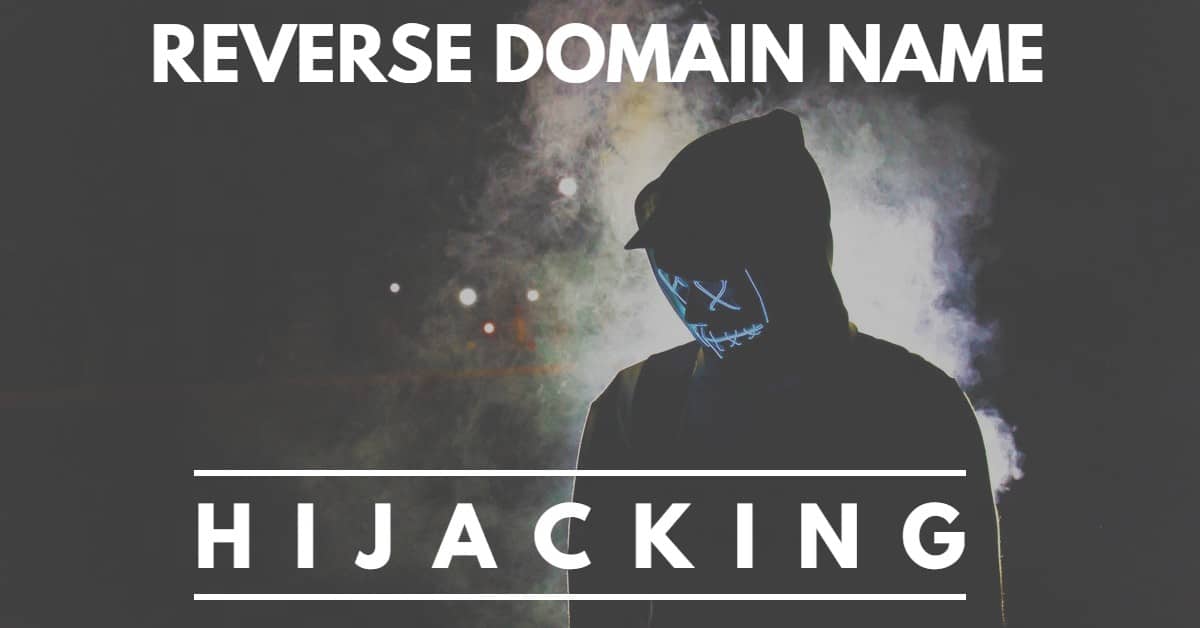Company files cybersquatting complaint against domain registered nearly two decades before it existed.

A World Intellectual Property Organization panelist has found that Gainvest Legal Corporation tried to reverse domain name hijack Gainvest.com.
Gainvest Legal Corporation uses the domain name Gainvest.co for its business services company.
John Sozanski of Gainvest, LLC registered the domain name in 1999, about 20 years before the Complainant existed. Hence, it was impossible that the Respondent registered the domain name to target the Complainant and it’s clear that it was not registered in bad faith.
Gainvest Legal Corporation first tried to buy the domain name. It rejected the Respondent’s $10,000 asking price, noting that “we are a poor startup that just started in March 2019.”
It subsequently filed the UDRP.
Panelist Robert Badgley noted that Gainvest Legal Corporation was represented by counsel and should have known better. (The decision states that the company was
internally represented, but it appears that the company’s CEO is an attorney.)
Badgley wrote:
This Complaint was doomed to fail, given Respondent’s apparently continuous ownership of the Domain Name long before Complainant had any trademark rights. There is absolutely no reason to doubt Respondent Sozanski’s denial of ever having heard of Complainant or its trademark prior to August 2020, when Complainant’s representative Ali approached Respondent about a purchase of the Domain Name.
The fact that a complaint under the UDRP is doomed to failure, however, does not necessarily compel a finding of Reverse Domain Name Hijacking (“RDNH”). A claim of RDNH should be evaluated under the particular circumstances of each case in which it is raised. One factor sometimes tending to support a finding of RDNH is if a complainant is represented by counsel. In this case, Complainant was indeed represented by counsel.
Another aspect of this case that supports a finding of RDNH is that Complainant, through counsel, not only brought a doomed case, but made a series of utterly frivolous allegations along the way. For instance, Complainant asserts, with no argument or evidence, that Respondent’s “primary purpose” vis-à-vis the Domain Name was to disrupt Complainant’s business. Complainant also chides Respondent for registering the Domain Name in 1999 but failing to adopt a corresponding business name until 2008. This argument misses the vital point that Complainant itself did not exist and was not using GAINVEST as a trademark for another 11 years after 2008. Complainant then asserts that “it can be implied that the domain name was registered by Respondent primarily for cybersquatting, to disrupt the business of Complainants while obtaining payment for that disruption.” These (and other) arguments raised by Complainant are specious, and support a finding of RDNH.
The best that can be said in defense of Complainant’s motives here is that Respondent never made much, if any, actual use of the Domain Name for more than 20 years. Even so, the accumulation of frivolous arguments, including those noted above, by Complainant are sufficient to tip the balance in favor of a finding that this Complaint was brought in bad faith.
Source: (https://domainnamewire.com/)




















